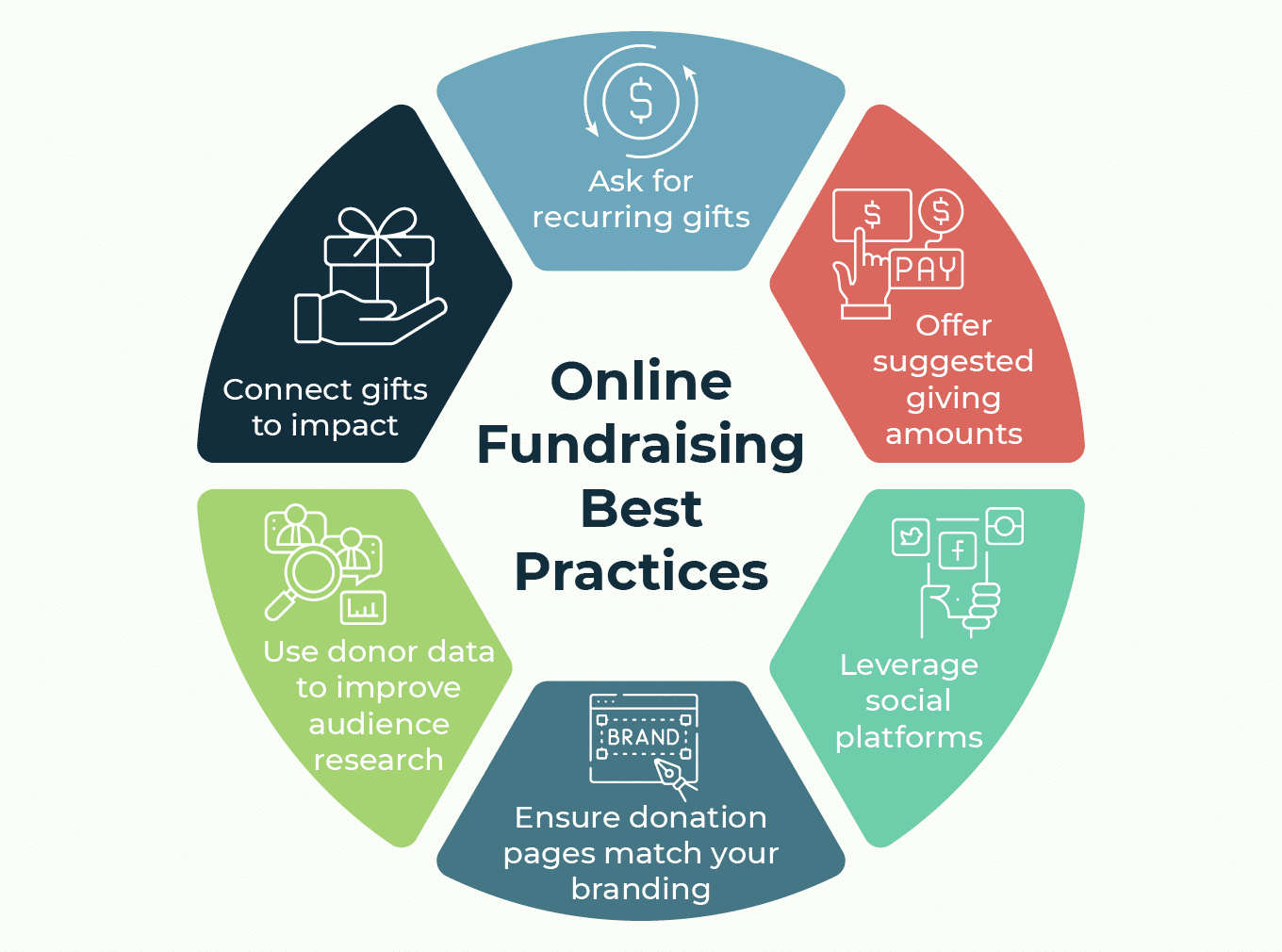Nonprofit Agency: Just How to Maximize Your Effect with Specialist Guidance
Nonprofit Agency: Just How to Maximize Your Effect with Specialist Guidance
Blog Article
The Function of Neighborhood Involvement in Nonprofit Fundraising: Building Lasting Relationships for Sustainable Support
Neighborhood involvement is increasingly recognized as a critical component of effective not-for-profit fundraising. The approaches and approaches utilized to engage neighborhoods vary extensively, raising vital inquiries regarding performance and influence.
Understanding Neighborhood Interaction
Area involvement is a vital part of effective nonprofit fundraising initiatives. It describes the methods and tasks that companies utilize to get in touch with their local areas, fostering relationships that are equally valuable. Recognizing community interaction includes recognizing its multifaceted nature, that includes outreach, collaboration, and participation. Nonprofits need to recognize essential stakeholders-- such as area participants, local organizations, and other companies-- to produce effective interaction techniques.
Efficient neighborhood involvement is asserted on active listening and responsiveness to the demands and rate of interests of the community. This procedure includes soliciting comments, understanding area characteristics, and guaranteeing that the organization's mission lines up with regional concerns. Engaging the community can take different types, consisting of public meetings, volunteer opportunities, and collaboration initiatives, each made to urge involvement and investment in the company's goals.
In addition, area involvement must be approached as a recurring dialogue instead of an one-time initiative. By promoting a comprehensive setting where neighborhood voices are listened to and valued, nonprofits can construct a strong structure for future fundraising endeavors. Eventually, a deep understanding of neighborhood engagement encourages organizations to develop authentic connections that improve their total performance and sustainability.
Advantages of Strong Relationships
Strong connections created through neighborhood engagement return numerous benefits for not-for-profit fundraising efforts. Primarily, these relationships foster depend on and reliability, crucial components in motivating contributors to add. When possible advocates see a not-for-profit proactively included in their area, they are most likely to count on its objective and influence.

In addition, these connections facilitate reliable interaction. Nonprofits can leverage their links to share stories of effect, updates, and needs, ensuring that advocates remain informed and involved. This open line of interaction not only strengthens bonds however additionally motivates word-of-mouth promotion, increasing the nonprofit's reach.
Lastly, strong community connections can attract brand-new partners and sponsors. Individuals and organizations are more inclined to line up with organizations that demonstrate significant community participation, providing extra resources and assistance that can dramatically enhance fundraising abilities. Hence, cultivating durable relationships with neighborhood involvement is important to a nonprofit's long-lasting fundraising success.
Techniques for Reliable Involvement
How can nonprofits efficiently engage their areas to boost fundraising initiatives? Creating targeted strategies is necessary for cultivating purposeful links. Initially, leveraging social media sites platforms enables organizations to share their mission dynamically and interactively, getting to a more comprehensive target market. Normal updates, involving material, and calls-to-action can galvanize community rate of interest and engagement.
Second, organizing area occasions, such as workshops, volunteer chances, or fundraising drives, helps with face-to-face communication, enabling nonprofits to showcase their effect and efforts. These occasions not only elevate funds however likewise grow partnerships and enable area participants to engage straight with the cause.
Third, implementing personalized interaction strategies can boost engagement. Customizing messages to details benefactor sectors based on interests and previous contributions fosters a sense of belonging and investment in the organization's goal.
Last but not least, creating partnerships with neighborhood services and community leaders can intensify outreach efforts. Collective campaigns can enhance presence and credibility, showing a collective dedication to the neighborhood's health. By incorporating these techniques, nonprofits can construct lasting relationships that enhance fundraising efforts and drive sustainable assistance.
Determining Interaction Success
While engaging the neighborhood is essential for successful not-for-profit fundraising, determining the effectiveness of these interaction initiatives is similarly important. Establishing clear metrics permits companies to evaluate exactly how well they are linking with their audience and attaining their fundraising objectives. Trick efficiency signs (KPIs) such as contributor retention rates, volunteer participation degrees, and engagement on social networks platforms supply substantial information for assessment.

Routinely assessing these metrics makes it possible for organizations to pivot their methods when essential, making certain that community involvement stays aligned with their general goal. Additionally, sharing these outcomes with stakeholders promotes openness and develops trust, urging more neighborhood participation. Eventually, a robust measurement structure not just informs future fundraising campaigns however likewise reinforces the relationship between the not-for-profit and its supporters, preparing for lasting success.
Instance Researches in Community Influence
Many study highlight the profound effect that area interaction can have on nonprofit my company fundraising success. One notable example is the "Food for Idea" effort, where a regional food financial institution partnered with companies and institutions to host community dinners. These events not only increased funds but likewise cultivated a sense of belonging amongst individuals, significantly raising donor retention prices.
An additional compelling situation is the "Eco-friendly Spaces Task," which involved regional citizens in the revitalization of city parks. This campaign not just garnered financial support from local services however also cultivated a volunteer base that added to recurring upkeep and programs. The feeling of ownership and pride amongst area members converted right into continual contributions.
In the world of arts, the "Art for All" campaign effectively engaged neighborhood artists and customers to develop joint art installments, resulting in raised visibility and donations for a neighborhood arts nonprofit.
These examples highlight that when nonprofits prioritize community involvement, they can develop lasting connections why not try these out that improve fundraising efforts, guaranteeing sustainable support and cultivating a vibrant community culture. Such cases show that community interaction is not simply a technique but an important column of not-for-profit success.
Verdict
To conclude, community involvement is important to the success of nonprofit fundraising efforts. By fostering solid connections with neighborhood stakeholders, companies boost trust and reliability, bring about improved contributor retention and loyalty. Executing effective involvement techniques and gauging their influence makes certain that nonprofits can thrive and adjust. Eventually, a durable foundation of neighborhood assistance not only magnifies fundraising possible however additionally cultivates a society of partnership, essential for achieving long-term organizational goals and maintaining purposeful influence.
Nonprofits have to identify vital stakeholders-- such as community members, local services, and various other anchor organizations-- to create reliable involvement methods.

In verdict, neighborhood interaction is important to the success of not-for-profit fundraising efforts.
Report this page